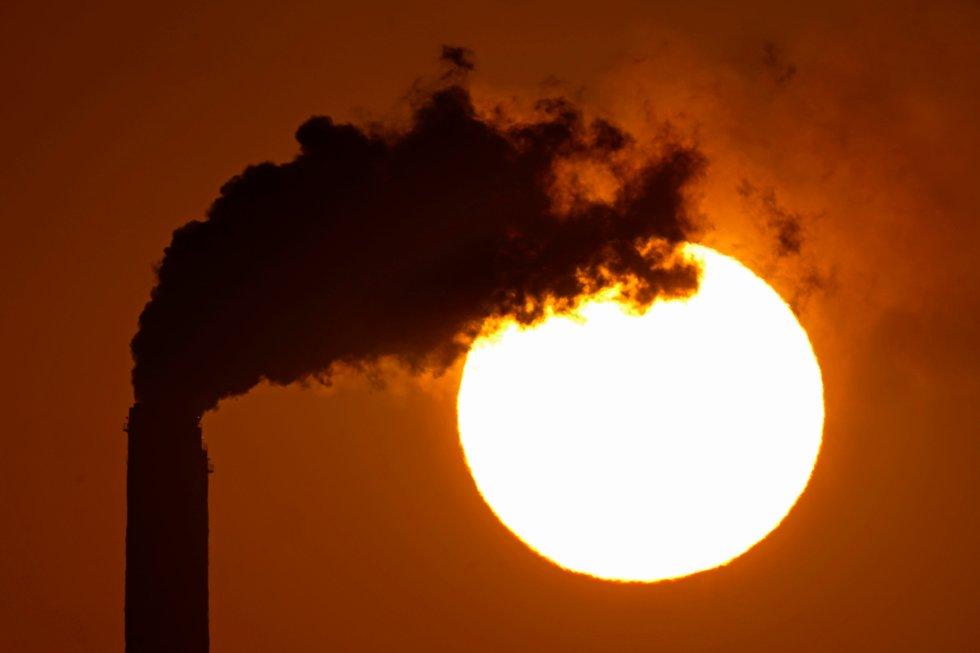Posted on Sep 22, 2021 at 5:42 PMUpdated Sep 22, 2021, 5:51 PM
The United States wants to set “an ambitious goal” in the global fight against the Covid-19 pandemic. At a virtual summit organized by Washington on Wednesday, Joe Biden announced the purchase of 500 million additional doses of Pfizer vaccine with a view to distributing them to developing countries, via the Covax device.
The announcement brings the total number of doses the United States has pledged to more than 1.1 billion. This is nearly twice as much as their previous promises, to achieve global immunization coverage of 70% by the next United Nations General Assembly in one year. While 43.5% of the world’s population has received at least one dose of vaccine, immunization coverage in the most disadvantaged countries is still the poor relation of the global immunization campaign.
297 million doses have already been distributed via Covax
Faced with India’s reluctance to export its vaccines produced by the Serum Institute of India, direct donation of doses by States is invaluable in ensuring the effectiveness and sustainability of Covax. Led by WHO, this vaccine portfolio had the initial objective of distributing 2 billion doses worldwide, more than half of which was free to 92 low and middle-income countries, beneficiaries of the Advance Market Commitment (AMC) mechanism.
To date, nearly 297 million doses have already been distributed via Covax worldwide, including 228 million to the 92 countries eligible for AMC aid. Of these, 171 million came from donations from other states. And in this game, the United States weighs very heavily: in total, they have already distributed 118 million doses of vaccine to developing countries. By comparison, China, which prefers to go through bilateral agreements rather than the vaccine portfolio, has given just over 36.2 million doses.
After Japan and Germany, France is the fourth country to have given the most vaccines to Covax, sending more than 7.3 million of its doses of AstraZeneca, of which more than half to the African continent. .
18 countries have received enough doses to primary immunize 20% of their population
But Covax is still far from its goals. The device revised its ambitions downward in early September, and now hopes to distribute just over 1.4 billion doses before the end of 2021, including 1.2 billion to the poorest countries, to reach the two billion in the first quarter of 2022. This is enough to vaccinate 20% of the population of these countries, instead of the 30% planned at the launch of Covax.
Currently, Indonesia is the country in the AMC mechanism that has benefited the most. In total, it has received 31.8 million doses of vaccine against the Covid, more than three times more than India, much more populated but which produces vaccines on its territory. Conversely, countries like Burma have not yet received any vaccine. This is also the case for Burundi and Zimbabwe, both resistant to vaccination. Tanzania and Haiti, which had not yet seen the shadow of a vaccine in early July, received one million and 500,000 doses respectively during the summer.
Deliveries are continuing. According to Unicef, more than 2 million Covax doses are currently in transit. In the coming days, deliveries are planned in Algeria, Ethiopia and Indonesia. But with just three months from the end of 2021, most of the 92 countries targeted by Covax are still far from being able to achieve effective vaccination coverage.
Only 18 of them, mostly sparsely populated, received enough doses to primary vaccinate more than 20% of their population. Topping this list are Bhutan and El Salvador, which are able to achieve vaccination coverage of 66% and 55% thanks to the vaccines already received. Conversely, 43 states cannot primary vaccinate more than 10% of their population with the doses received via Covax. Among them, 26 are unable to exceed 5%.
–


